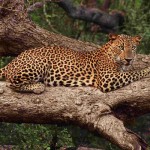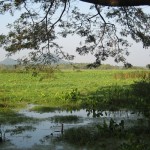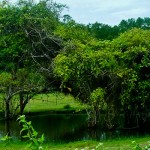Preserved for its biological, hydrological and aesthetic values, Horton Plains offers a breathtaking panorama of grassland valleys, high plateaus, mountains crests and forests. Bakers Falls and World’s End are two of this area’s not-to-be-missed viewpoints.
It consists of ecosystems such as Montane evergreen forests, grasslands, marshy lands and aquatic ecosystem. At an altitude of 2,100 meters above sea level, Horton Plains spreads across over 3,169 hectares of the highest tableland of the island.
Horton Plains, its surroundings, forests and the adjoining Peak Wilderness constitute Sri Lanka’s most important catchment area of almost all major rivers. The plains are also of outstanding scenic beauty and conservation importance, containing most of the habitats and endemic plants and animals representative of the country’s wet and Montane zones. The western slopes support the most extensive area of Montane cloud forest surviving in the island. Horton Plains is not merely a destination for nature tourists. Since the rich biodiversity of Horton Plains is still grossly underexplored, it affords invaluable opportunities to those engaged on educational and research activities.
The most frequent site of wildlife at Horton Plains is herds of Sambar Deer. Among the other mammals in the park are Strip-necked Mongoose, Long-tailed Giant Squirrel Wild Boar, the endemic Bear Monkey and Toque Monkey, Fishing cat and Otter.
All of the Montane endemics of Sri Lanka are found in Horton Plains. Sri Lanka Bush Warbler, Sri Lanka Whistling Thrush and the Yellow-eared Bulbul, Sri Lanka Wood Pigeon, Sri Lanka White-eye, Spot-winged Thrush, Dull-blue Flycatcher and Sri Lanka Jungle-fowl are a few of them.
Until a century ago, Horton Plains was rich with Elephants. However the whole population was hunted down to extinction by the British colonialists during their time of rule. Today Horton Plains is the only national park in Sri Lanka where elephants aren’t seen at all.























